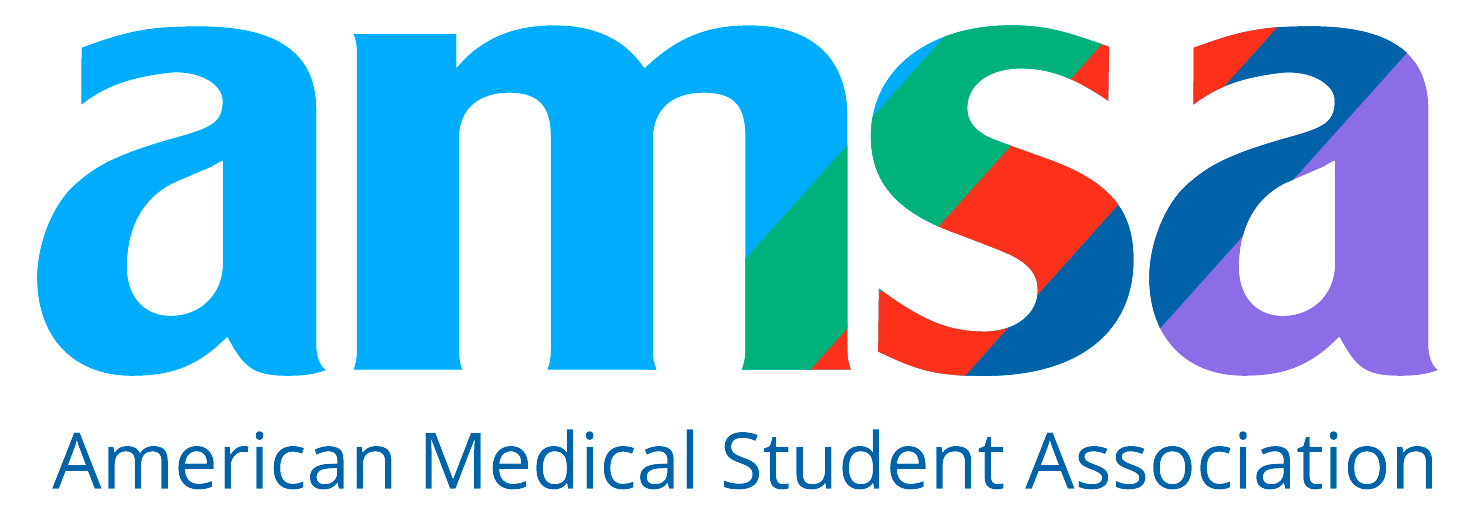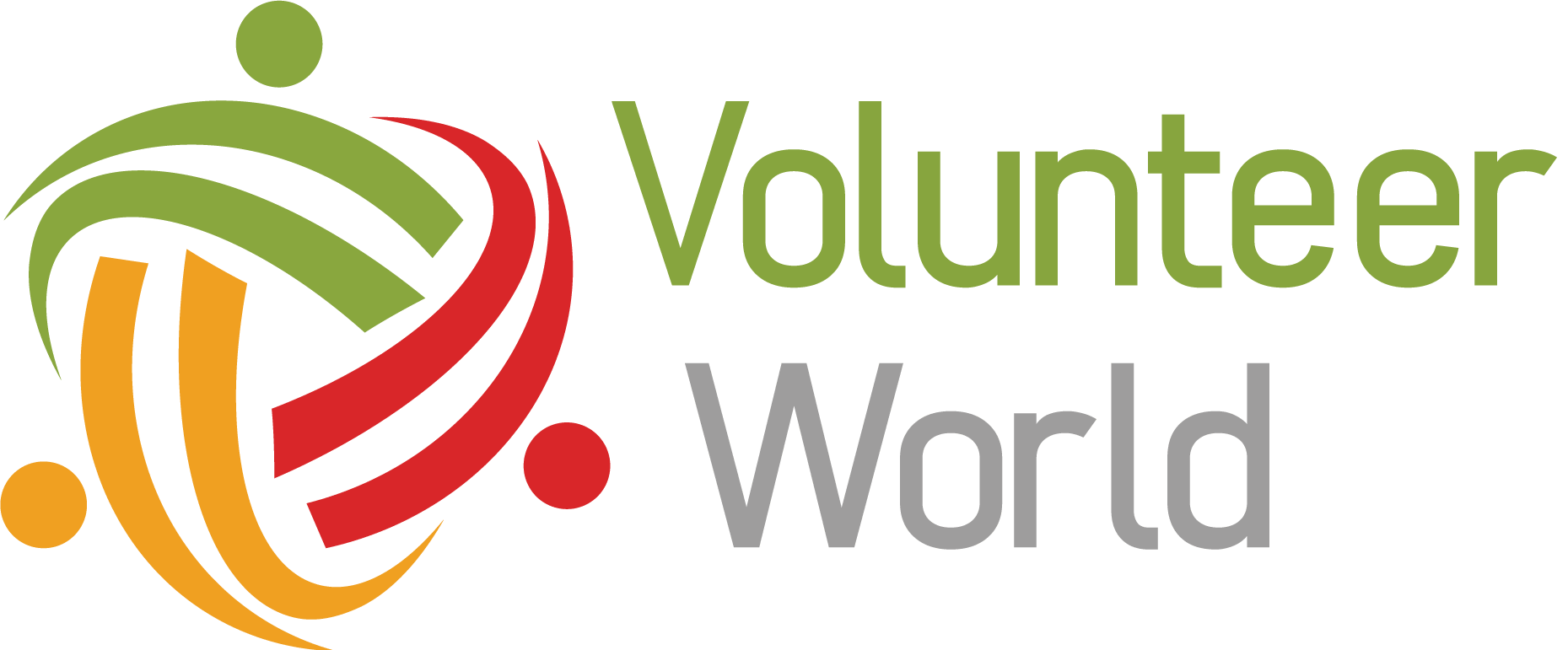Struggling to Get Med School Interviews? 2025 Action Steps
Go-Elective Abroad
Struggling to Get Med School Interviews? 2025 Action Steps
Waiting for medical school interview invites can feel like one of the most stressful phases of the application cycle. For many pre-med students, the period after submitting applications can create a void that’s quickly filled with anxiety, second-guessing, and endless speculation.
During the peak of application season, you're juggling writing personal statements, crafting secondary essays, and chasing deadlines. But once that flurry of activity slows, the silence can feel deafening—and that's when the doubts tend to creep in.
So, when should you expect to hear back from medical schools?
The answer isn’t as straightforward as we’d like. Interview timelines vary significantly by institution, especially when comparing U.S. schools to Canadian programs.
In the U.S., most schools with rolling admissions begin extending interview invitations as early as late summer (July or August) and continue through winter, sometimes as late as March. Many top-tier schools follow this model to secure strong candidates early. However, individual programs may have shorter or longer interview windows depending on internal timelines and applicant volume.
General pattern:
- U.S. medical schools often run interviews between September and January, with the peak season falling from late September to early January.
- Canadian medical schools typically operate on a different schedule. Since Canada doesn’t use rolling admissions, most invites are issued after the full review of applications, often culminating in interviews held over 1-2 weekends in the fall or winter.
To get specific details, always check the admissions section of each med school’s website for their interview calendar.
Is it too late to get an interview?
Some programs post clear deadlines, with March being a common cut-off for issuing interview invites. However, other schools take a more fluid approach, without publishing firm dates.
General rule of thumb: If you haven’t received an invite by January or February, your chances may begin to diminish, but you’re not necessarily out of the running. Many applicants find themselves in what’s known as a “pre-interview hold”, where their application is neither rejected nor actively advanced. Essentially, your file might be on standby, waiting to see if additional spots open up later in the cycle.
It’s important to remember that in admissions: no news is not always bad news.
Some committees take months to finalize interview decisions, especially when dealing with highly competitive applicant pools. Stay patient, and keep your lines of communication open for late-season opportunities.
Common Reasons You Haven’t Been Invited for Interviews
It’s tough, but if you’ve been waiting without an invitation, it’s time for an honest review of your application. Whether you’re still hoping for a late invite or preparing for the next cycle, identifying potential weaknesses now will help you improve your candidacy moving forward.
-
Were Your Stats Competitive?
Meeting the minimum GPA and MCAT thresholds for a program does not guarantee an interview. Highly competitive schools receive thousands of applications each cycle and will prioritize students who exceed their benchmarks.
Key takeaway: Compare your GPA and MCAT scores to the school’s average accepted applicant stats, not just their minimum requirements. Resources like the AAMC MSAR database can provide this critical data.
- For highly competitive programs, applicants often present GPAs of 3.7+ and MCAT scores of 510+.
- If your stats are below these averages, your application might be screened out before deeper consideration.
-
Did You Show Depth in Your Extracurriculars?
While academics are crucial, med schools also weigh extracurriculars heavily, especially your:
- Clinical experience (hands-on patient care)
- Shadowing hours
- Research projects
- Community service and leadership roles
It’s not just about listing activities—it’s about impact and narrative. Have you shown long-term commitment? Do your extracurriculars align with your personal story or career goals? Programs often value applicants who bring consistency and passion to their experiences.
For example, a school emphasizing underserved populations might expect community-based clinical work or public health outreach on your resume. Lacking this can make you a weaker match for their mission.
If you haven’t yet considered it, international shadowing programs or pre-med internships abroad—such as those offered by Go Elective in Kenya and Tanzania—can enhance your global health perspective and set you apart.
-
Did You Misunderstand Clinical Experience Requirements?
One of the most common errors we see is applicants mistaking shadowing or non-clinical hospital roles for hands-on clinical experience. Admissions committees often prioritize applicants who’ve interacted directly with patients or engaged in clinical decision-making processes (within an appropriate scope, of course).
- Clinical experience = Direct patient care (e.g., medical scribe, EMT, nursing assistant).
- Shadowing = Valuable, but observational in nature and less impactful on its own.
If you are lacking in hands-on patient care, it could explain why you’re not securing interview spots.
-
Was Your Application Rushed or Disjointed?
Submitting late, rushing through essays, or submitting a personal statement that lacks cohesion could lead to automatic rejections. Applications should be:
- Thoughtfully written with compelling narratives.
- Grammatically flawless and structurally sound.
- Holistic, offering a clear sense of who you are and why you’re a strong fit for medicine.
Remember: Your AMCAS or AACOMAS application should tell your story, not just list facts.
Why You Should Still Prep for Interviews—Even Without Invites
A common mistake is delaying interview prep until you actually receive an invitation. However, timing matters. Many students receive their invites weeks (or even days) before interviews, leaving little room to prepare.
Starting early gives you an advantage:
- You’ll enter interviews calm and confident, having rehearsed thoroughly.
- You can work on weaknesses (e.g., nervous body language, rushed answers).
- You’ll have time to master formats like Multiple Mini Interviews (MMI) or traditional panel interviews.
Even if you don’t receive an invite this cycle, you’ll carry these interview skills into your next round of applications or even into competitive internship or clinical research roles.
How to Start Interview Prep Now
We recommend a three-pronged approach:
- Self-assessment: Reflect on your personal story, strengths, weaknesses, and “why medicine?”
- Mock interviews: Simulate real interviews with mentors, peers, or admissions consultants.
- Scenario practice: Prepare for ethical dilemmas, role-plays (MMI), and behavioral questions.
If you’re unsure where to start, consider working with a medical school admissions consultant. They can provide targeted feedback and help you improve your communication skills.
Other Steps to Strengthen Your Position
If you still haven’t secured any interviews by January or February, here are additional ways to proactively boost your standing:
-
Gain More Experience Now
Consider taking on new extracurriculars in clinical care, research, or service leadership roles. Aim for high-yield activities that could quickly add value to your application narrative. For example:
- Clinical internships abroad (such as shadowing programs in Kenya or Tanzania).
- Joining a public health initiative or research study related to your field.
- Volunteering with underserved communities to show service-oriented leadership.
-
Send a Letter of Interest or Update
You can reach out to schools (where permitted) with a Letter of Interest to re-express your enthusiasm or a Letter of Update to share new accomplishments, such as:
- A newly published research paper.
- A promotion to a leadership role in a student organization.
- Completion of additional clinical hours or certifications.
Make sure your communication is concise, respectful, and aligned with the school’s instructions regarding supplemental updates.
-
Consider a Letter of Intent (If Appropriate)
If you have a clear top-choice school and no interview invite by late winter, you could send a Letter of Intent confirming your commitment to attend if accepted.
Important: Only send one letter of intent. Sending multiple can undermine your credibility and integrity.
Final Thoughts: Planning for Plan B
If this cycle ends without an interview invite, don’t lose hope. Many successful med school applicants have taken a gap year to reapply with a stronger application. Use this time to:
- Retake the MCAT (if necessary).
- Strengthen your clinical experience or research background.
- Refine your application narrative with help from an advisor or consultant.
Also, revisit your school list. Were you targeting schools where you were a competitive applicant based on GPA, MCAT, and mission fit? Adjusting your list can significantly improve outcomes in the next cycle.
FAQs: No Med School Interview Invites
When is it too late to get a medical school interview?
Typically, schools extend interviews from July to March, but most decisions are made between September and January.
Can I send multiple letters of interest?
Yes, you can send letters of interest to multiple schools, especially if you have updates or want to reiterate your interest.
Should I send more than one letter of intent?
No. A letter of intent is a promise to enroll if accepted and should only be sent to one school.
Why am I not getting interviews with high stats?
Lack of clinical exposure or weak alignment between your extracurriculars and the school’s mission could be factors. It’s not always about stats, schools look for well-rounded applicants.
Do international students pay more for med school?
In public schools, international students often pay higher tuition rates compared to in-state applicants. Private schools may charge similar rates regardless of residency status.
Should I prep for interviews even with no invites yet?
Absolutely. Late-season invites are common, and being prepared ahead of time could make all the difference in how you perform.
Article Details
Categories
Recent Articles , Pre-health, Medical Electives, Med Schools,
Author: Go-Elective Abroad
Date Published: Sep 7, 2025
Travel with us.
Inquire Today!
Go Elective offers immersive opportunities for medical students, pre-med undergraduates, residents, nursing practitioners, and PAs to gain guided invaluable experience in busy hospitals abroad. Discover the power of study, travel, and impact.






